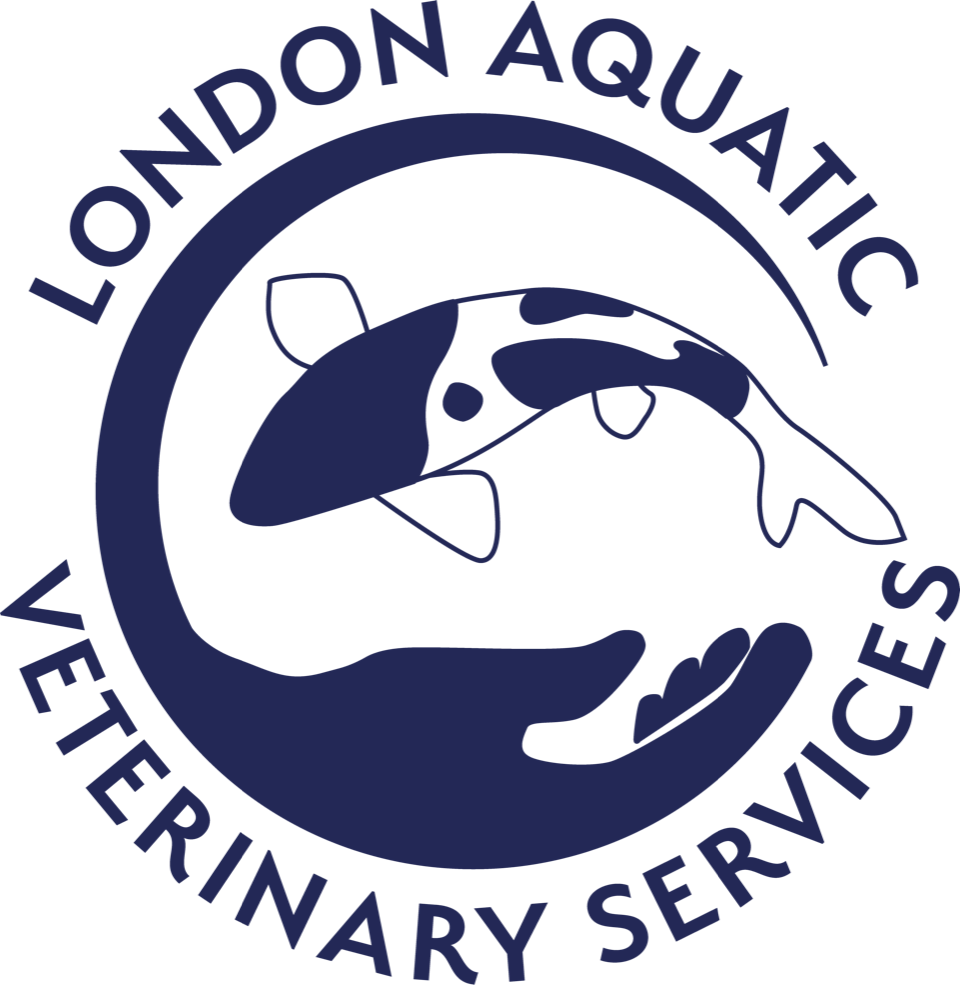Skin fluke, Gyrodactylus, are common parasites found on the skin and gills of fish. Skin fluke along with gill and eye fluke make up a group of parasitic flatworms known as Monogeneans.
One of the benefits of having pet fish is the flexibility to go away on holiday. Thanks to their independent nature, feeding blocks and helpful friends or neighbours, providing holiday care whilst you are away is relatively stress free for all involved including your fish! This article runs through a few considerations that need to be made prior to departure that will help ensure your fish stay happy and healthy whilst you are away.
Masses, tumours, swellings and other unidentified growths can be found on any fish within the aquatic hobby from cold water species to marine but some masses are more sinister than others. This article will address some of the common aetiologies (causes) and diagnostic options available for such cases.
Intestinal helminths (parasitic worms) are a relatively infrequent problem in ornamental populations of fish but clinical cases do occur. There are a number of intestinal helminths of interest to ornamental fish; nematodes (roundworms), cestodes (tapeworms) and trematodes (flukes). This article will focus on species belonging to the nematode phyla, Nematoda, as clinical cases of this phyla tend to be more prevalent within hobbyist set ups.
Colloquially termed ‘cotton wool disease’, fungal infections are a common ailment in freshwater and cold water populations of captive fish. The nickname given to this group of diseases is perfectly apt with fungal lesions often appearing white and fluffy in texture closely resembling that of cotton wool.
There are a few cases where surgical treatment for a disease is recommended. Common surgical procedures performed by London Aquatic Veterinary Services include enucleation (removal of one of both of the eyes) and external tumour removal.
Below is a list of general supportive steps you can take at home when you first notice a sick fish. In many cases simple steps like those below can rectify a health concern if caught early enough without the need for medication. Simple actions like providing excellent water quality and aeration will go a long way for a poorly fish.
In some circumstances it is kinder to euthanise a fish instead of pursuing treatment or letting the fish pass away naturally. Certain circumstances include but are not limited to: aggressive disease states, inoperable tumours, severe traumatic damage and cases with absent or limited responses to treatment.
Dropsy, one of the most feared terms amongst hobbyists and aquarists alike but what does it actually mean? First and foremost, dropsy itself is not a specific disease but a set of clinical symptoms, known as a syndrome.









